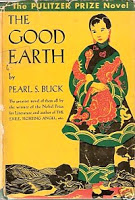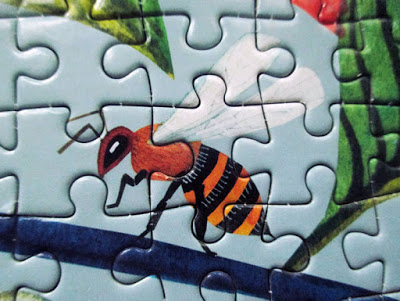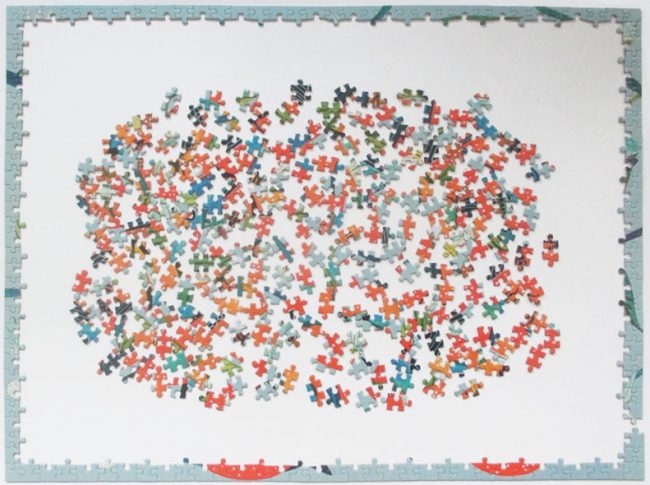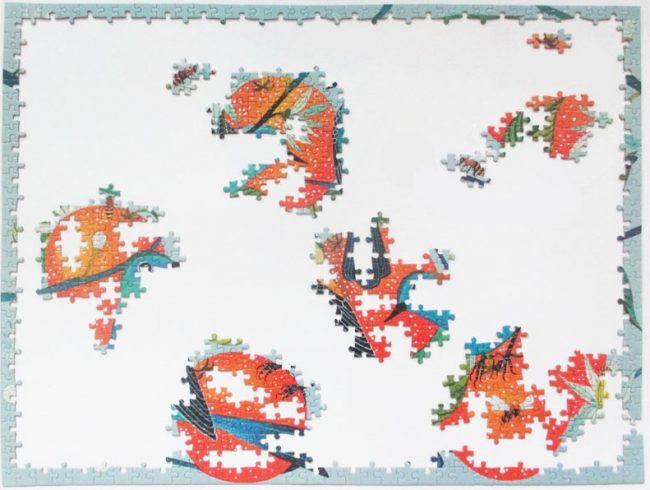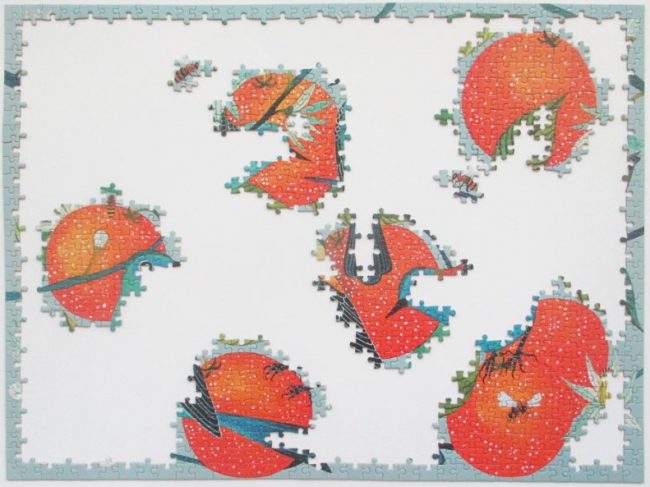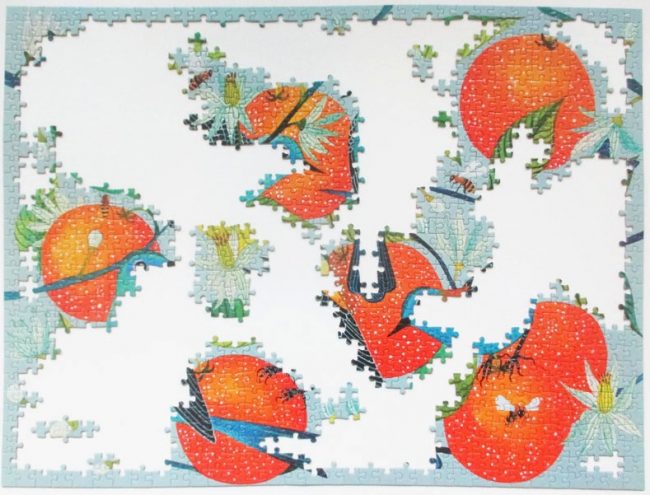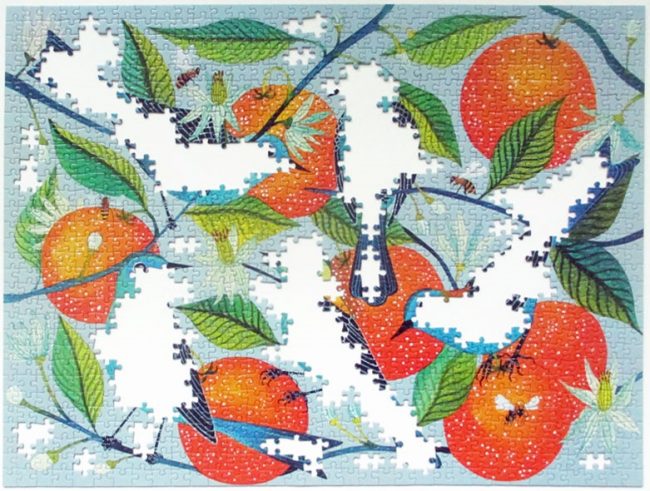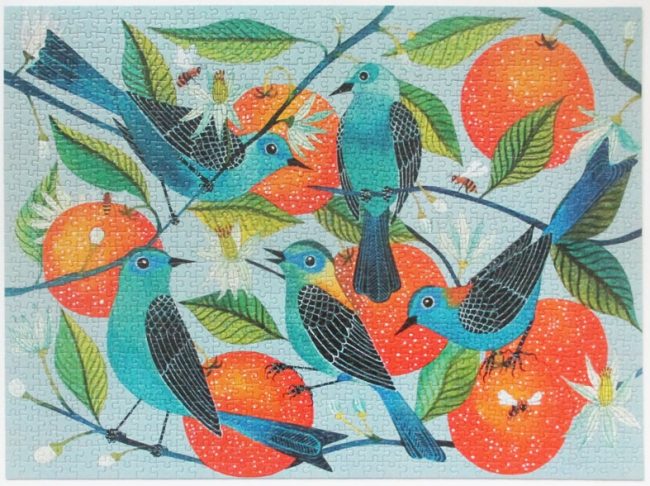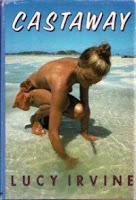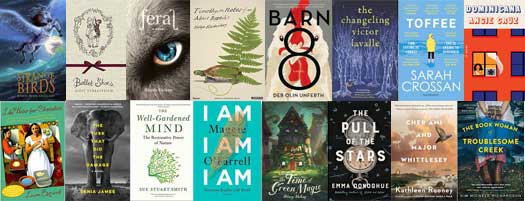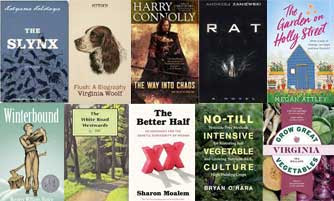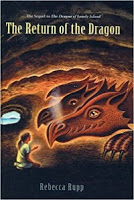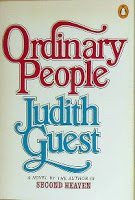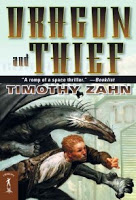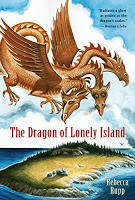I think this book may have sat longest unread on my shelves, and it’s actually been there twice. I had a different copy and tried it a few times when I was in high school, didn’t get far, re-shelved it. Weeded it out once, then after finding that I liked Peony, decided to give this a second chance when I came across another copy.
This is about the Wang family, in China. When the story begins Wang Lung is a young farmer on his way to get married. It\’s an arranged marriage, with a woman who has been a slave in a wealthy household in the town. She’s not beautiful but he’s satisfied because she’s a faithful wife, a hard worker, and bears him many children (promptly going straight back to work in the fields after each birth, without complaint!) The family survives through floods, drought, and locust plague. Every handful of years one or the other natural cause results in a famine and people around them starve. During one famine (so bad that people are literally eating dirt) Wang Lung takes his family south to a big city where they live in deplorable conditions, beg, and work at hard physical labor for very little pay. There’s no way to get ahead, until unrest sweeps through the city. The homes of the rich are broken into, Wang is swept up with the mob and intimidates a terrified wealthy man into giving him handfuls of silver. Then they flee the chaos and return to the countryside. Wang uses the money to rebuild his house, and eventually buy more land. Soon he needs help with the harvest, eventually finds himself as a landowner instead of a farmer- with hired help and overseers, never actually working the fields himself anymore. He moves his family into the town. Being frequently idle now, he starts to explore the pleasures of the wealthy class- and dissatisfied with his wife’s appearance, takes as second wife a much younger woman. He thinks that having success and money will ease all his troubles, but new problems arise instead- unpleasant relatives connive him into letting them live in his household, there’s constant friction between his two wives, and his growing sons have their own interests- none of them really want to keep or work the land as he did. As the book closes, Wang is an old man and his sons are inspecting the fields, talking among themselves of selling the land that Wang had worked so hard for, and built the security of his family upon.
I can well see why The Good Earth is a classic. It’s not very descriptive, the writing style is kind of plain- in the manner of he-said-this and they-did-that which usually bores me. But this was compelling nevertheless- I read it straight through in just a few days. In the end, I didn’t like the main character Wang much- I felt like he sometimes made selfish or poor decisions, thinking of prestige and appearances more than I expected, when he came into wealth. In particular I felt bad for his first wife. Overall women are not treated well in this story. It’s simply a fact that in the era and culture it depicts, girls were not valued and if the family was in need, they were often sold as very young children to be slaves or prostitutes. During the famine times some poor families quietly performed infanticide rather than see their babies suffer and starve. In this case I was glad of how sparse the prose is, reading about such hardships and terrible things people did to survive.
The story really shows a broad spectrum of human character. It wasn’t only what people stooped to when their survival was at stake, but also what they indulged in or did with their money when fortunes changed, that seemed to demonstrate what they were really made of. Or what they cared most about. I think that’s why I liked and felt most for Wang’s first wife. She was steadfast, never asked much for herself, saw and did the work required in hard times as well as good. Wang really was unkind to her in the end.
There’s a sequel called Sons. I’ll probably read it at some point. But I’d have to be in the right mindset, this one takes a particular kind of mood to appreciate it.
